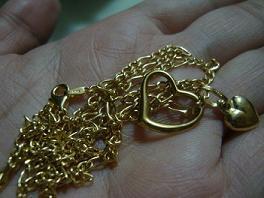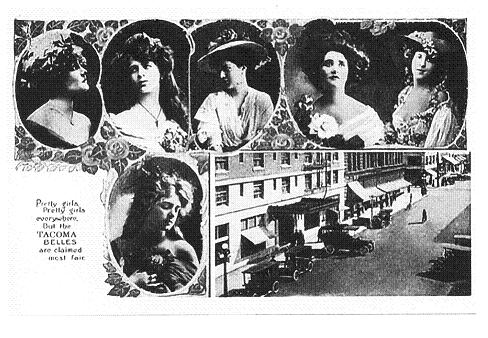One year old and going strong: B2 Fine Art Gallery/Studios
 On Aug. 13, the B2 Fine Art Gallery/Studio celebrated it’s first anniversary as one of Tacoma’s dynamic galleries “The Weekly Volcano” (August 1, 2011) called the B2 (pronounced B squared) “the hottest new gallery in town.â€Â In its one-year time, this gallery has garnered positive attention.
On Aug. 13, the B2 Fine Art Gallery/Studio celebrated it’s first anniversary as one of Tacoma’s dynamic galleries “The Weekly Volcano” (August 1, 2011) called the B2 (pronounced B squared) “the hottest new gallery in town.â€Â In its one-year time, this gallery has garnered positive attention.
The B2’s direction is diverse, which might become the most singular aspect that will keep it afloat. To use an old phrase, not all of its eggs are in one basket, so if one aspect of the business is slow, the activity in another can keep the doors open.
One strength of the business is that of relationships. The gallery represents a small number of artists, a group that will probably continue to grow. In addition, there are commercial clients that look to B2 for an artistic presence in their workplace. For some artists work space or display space needs augmentation, so there are studios that are available to be rented. B2 Gallery belongs to the Theater District Association and participates in the Third Thursday art walk every other month.
Another strength is the fact that the gallery is a blending. One B, Deborah Boone, is a well-known fabric artist. The B is squared (B2) by her husband Gary Boone, a self-acknowledged computer geek who is the managing partner in a Seattle software business, bringing business savvy to the mix. The building that houses the gallery has a great history connected to Tacoma’s early newspaper business which is blended with a classical interior of neutral colors, white moldings, and tile floors.
Perhaps their greatest strength is the niche they have created for themselves when they established the first Beyond Crayons and Finger Painting youth art show. The first show, held last fall, consisted of 56 pieces done by 17 students. This year’s October show will be a selection of 75 pieces from submissions sent by students ages 7-19 from all over the world. The plan is for this show to evolve into an annual, worldwide event.
The informing idea behind the children’s show is two-fold: provide an early-in-life acknowledgement and encouragement of a child’s artistic abilities; and to give the child a sensibility of what an artist’s life includes. For example, giclee prints will be made of their work so that they can sell reproductions during the month-long show. In this showing, the students also become involved in processes such as framing and hanging. The show will travel to various venues, with the prints being shown to reduce the risk to the originals Each student receives any money earned in sales, and B2 hopes it can influence them to save that money for future art instruction.
Education will be part of the B2 package in other ways, too. For example, there will be a two-week drawing class Sept. 6-10 (Drawing Fundamentals) with instructor Willie Bonner (contact the gallery for times and cost) and throughout the year there will be a lecture series, Verb, that will begin with Contemporary Native American Art.
Additional shows include the November through January show Cold Fusion: Exploration Into Abstraction, the counterpoint to the current show, Hot Fusion.  The Youth Group Exhibition will run throughout almost all of October, opening on Oct. 8 and continuing through Oct. 29. (This could be a good time to begin your holiday shopping.)
NOTES:
Owners and Directors:Â Gary and Deborah Boone
Address:Â Â 711 St. Helens AV, Suite 100
Phone:Â Â Â Â Â 253.238.5065
Hours:     Tues. – Sat., 11 a.m. – 5 p.m.
If parking is a problem, you might park at the Tacoma Dome and take the trolley to its farthest destination, the Theater District and walk a few blocks downhill.


